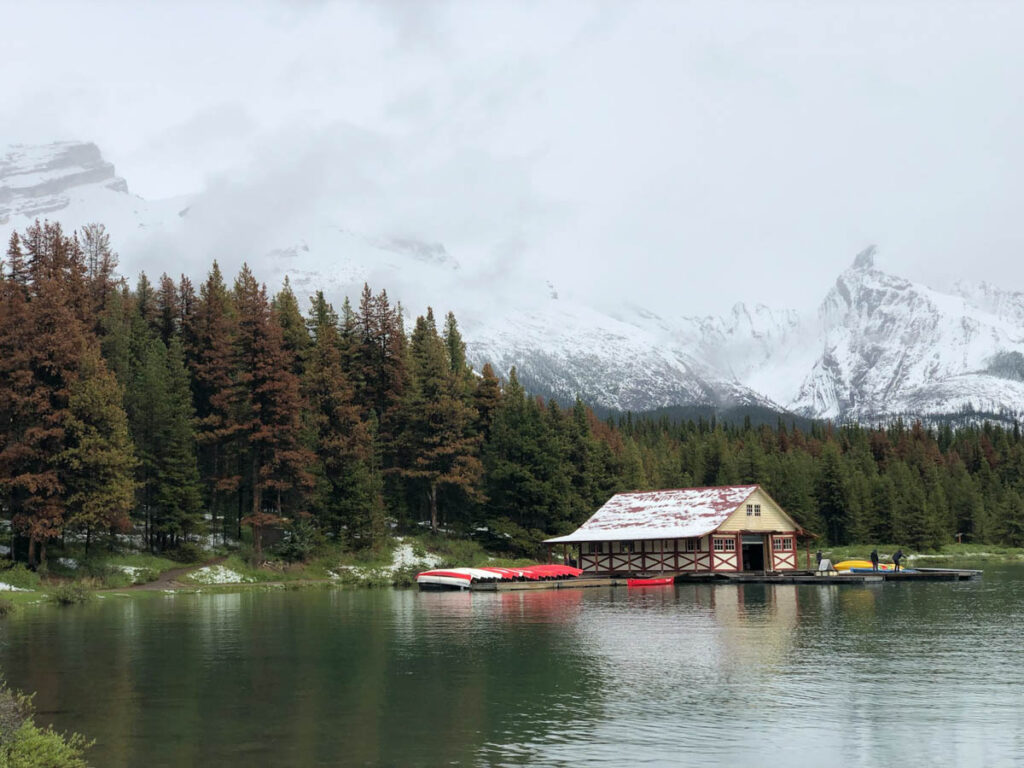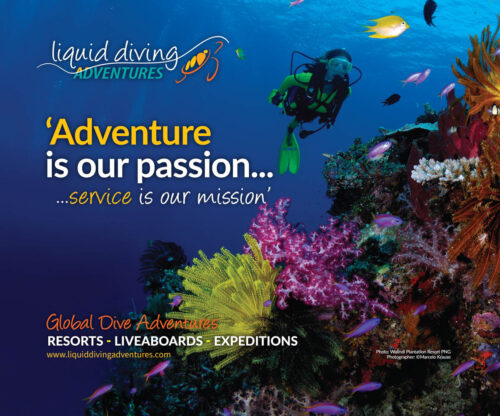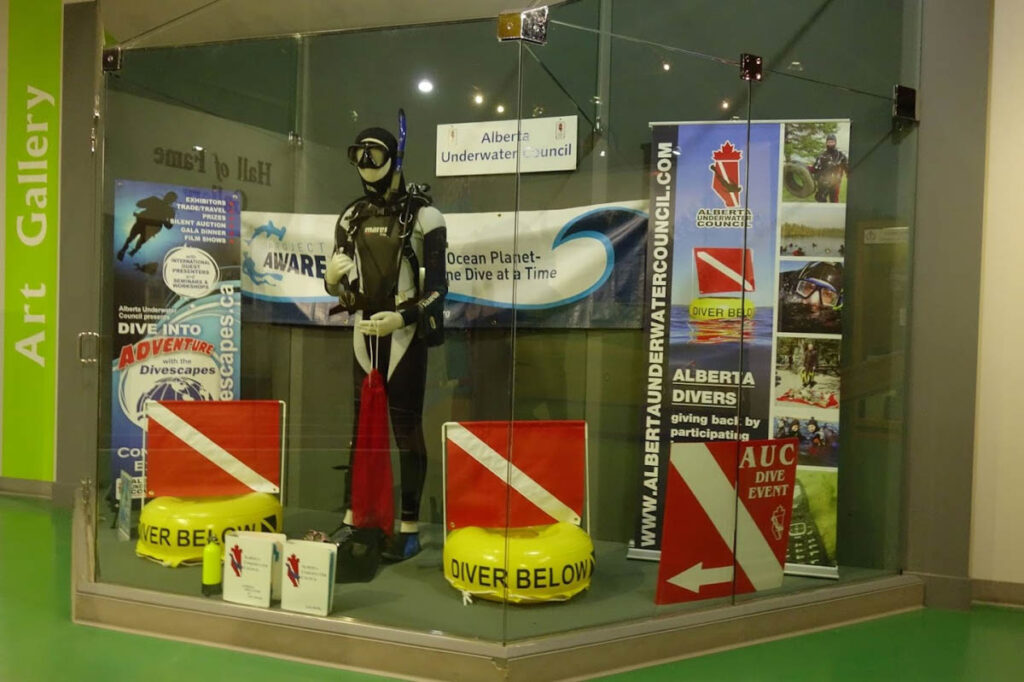Scuba Diving at Lake Minnewanka, Alberta, Canada
Alberta, Canada, does not necessarily conjure images of vacationing there for the sole purpose of scuba diving. Alberta is one of Canada’s thirteen provinces and territories. It is one of the three prairie provinces of Western Canada and shares borders with the U.S. state of Montana to the south, the Northwest Territories to the north, Saskatchewan to the east, and British Columbia to the west. Along with Saskatchewan, it is one of Canada’s only two landlocked provinces. The Great Plains occupy the province’s eastern region, while the Rocky Mountains abut its western region. The province’s climate is primarily continental, although because of the dry air, temperatures fluctuate quickly.
Agriculture, petrochemicals, cattle, and hydrocarbons are the main drivers of Alberta’s economy. Since the discovery of significant oil resources at the Leduc No. 1 well in 1947, the oil and gas sector has been a vital part of Alberta’s economy. Additionally, it has assimilated into the province’s identity. Seventy percent of the oil and natural gas produced in Canada comes from Alberta, the province with the highest hydrocarbon wealth. With CA$338.2 billion in output in 2018, Alberta accounted for 15.27% of Canada’s total GDP.
Only Lake Minnewanka or Two Jack Lake are suitable for scuba diving in Banff National Park.

Photo by Ryan Clarke on Unsplash
Lake Minnewanka is 18 km long, 1450 m above sea level, and up to 100 m (328 feet) deep. At Lake Minnewanka, all dives are altitude, cold water dives. (Because of the lower atmospheric pressure at higher heights, diving at altitude is different from diving at sea level. Divers must therefore modify their dive planning and decompression protocols accordingly) To prepare for altitude diving, you can take a PADI Altitude Diver Specialty course.
Depending on the season and the quantity of divers present, visibility varies. Depending on the season, depths can reach up to 5.5 m (18′) from spring to fall. There are 16 features located in three main diving areas.
In Alberta, diving requires at least a 7mm, and during the winter, it’s best to wear a dry suit. No current flows, and the depth varies from 6 m/20 ft to 15 m/49 ft. Visibility is between 5 and 10 meters (16 and 32 ft).
All boats, non-motorized watercraft (canoes, kayaks, inflatables, paddleboards, etc.), fishing gear, scuba gear, and other water-related equipment must be cleaned, drained, dried, and certified before being used in Banff National Park in order to prevent the spread of aquatic invasive species and preserve park waters.
Clear Lake Public Beach
Tuesday evening diving night! (known as of this article) Come dive with us, socialize with other divers, and have a great time. Come on out, certified divers. We’ll pair you up with a friend, or you may bring your own. Experience the excitement of local diving while maintaining your diving prowess. Minor maintenance and air fills are provided for the dive trailer. We may deliver your rental equipment to the location for you as a special service. There are two divemasters and instructors on hand to help novice or experienced divers.
Clear Lake
Clear Lake is a gem for diving in Alberta. The underwater artifacts are set up for divers to enjoy, and to provide a habitat for local fish species. Access is due east of the public beach – gear up on the public beach.
Twin Lake
Great training lake with a platform only an hour and a half away from Ocean Sports in Edmonton.
In Alberta, diving is actively promoted by the Alberta Underwater Council. The non-profit organization that represents underwater sports in the Province of Alberta and works to promote undersea-related activities and sports is called the Alberta Underwater Council. A volunteer board of directors is chosen at the annual general meeting (AGM) and elections held in the spring, and it is run by an executive director. Since its founding in 1960, the AUC has benefited from incredible volunteers who have dedicated their time to their Scuba Council in each of the ensuing ten years, growing and adapting as necessary. We take pride in the fact that since the early 1960s, Albertan scuba divers have removed an estimated 40 tons and counting of trash from the province’s lakes and rivers.
Since 1960, the AUC has worked on issues pertaining to divers’ rights, diving instruction, safety, marine ecology, lake cleanups, legislation, conservation, underwater archeology and heritage, and assistance for scuba and underwater sports organizations in Alberta.
The AUC is neutral and unbiased with regard to all Alberta Dive Centres and their scuba certifying bodies. The connection to diving shops is provided below by The Scuba News Canada.
You might be able to go diving and see Alberta’s underwater world if you have your diving equipment and have decided to travel to the province to see some Alberta sites including Lake Louise, Banff, the Royal Alberta Museum, the Calgary Stampede or Edmonton Mall.
Need scuba training, courses, refreshers, air fills, scuba or snorkeling equipment in Alberta?
The above list is for reference only.







